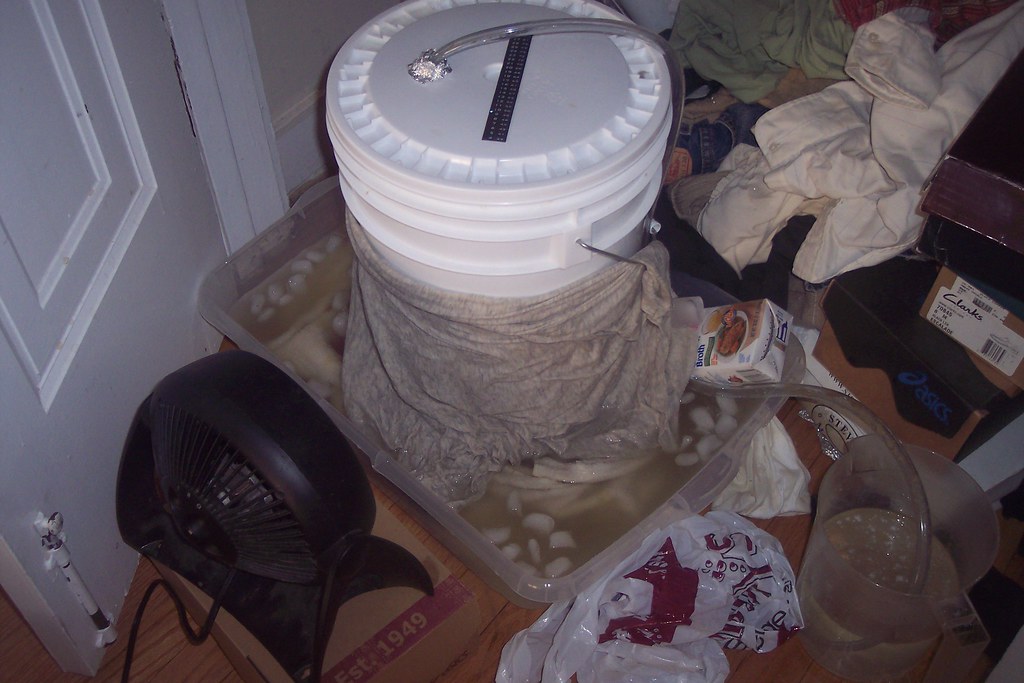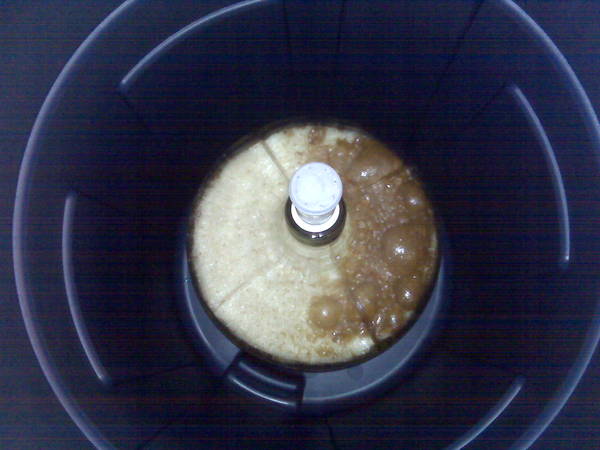kyleobie
Well-Known Member
Blah. I'm having a lot of difficulty getting the fermenter below the ambient mid 70s temperature of my apartment.
I wrapped the big guy in a damp towel and blew a fan on it - this got it down to about 69. For a while. This worked today.
Overnight, much of the dampness evaporated. It's sitting at 73 again.
Do I need to sit it in a bucket to maximize the evaporative cooling effect?
I'm using Nottingham yeast and I'm deathly afraid of ending up with a beer full of esters. I wanted it to be clean.
I wrapped the big guy in a damp towel and blew a fan on it - this got it down to about 69. For a while. This worked today.
Overnight, much of the dampness evaporated. It's sitting at 73 again.
Do I need to sit it in a bucket to maximize the evaporative cooling effect?
I'm using Nottingham yeast and I'm deathly afraid of ending up with a beer full of esters. I wanted it to be clean.




 That's a cool name for a bar...
That's a cool name for a bar...
